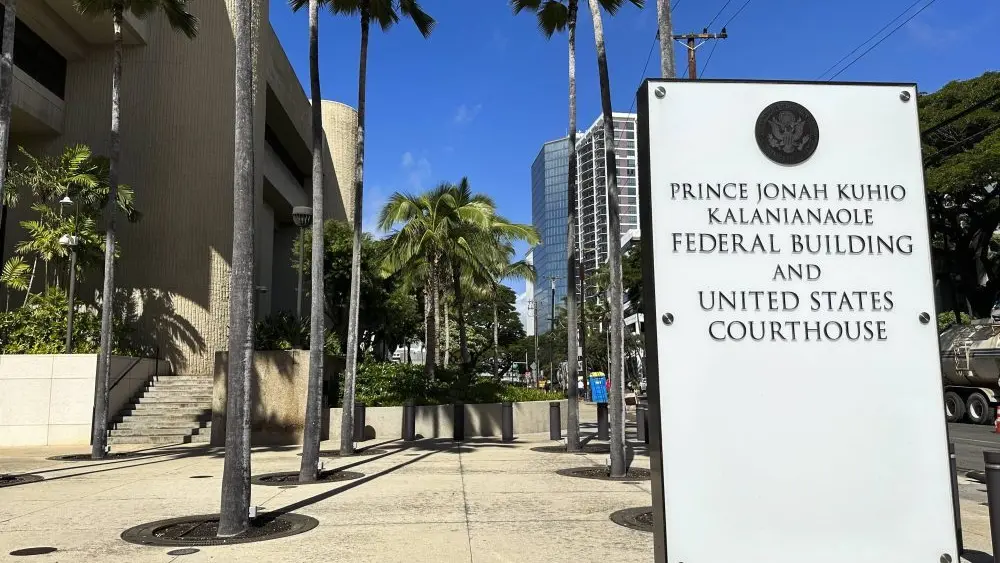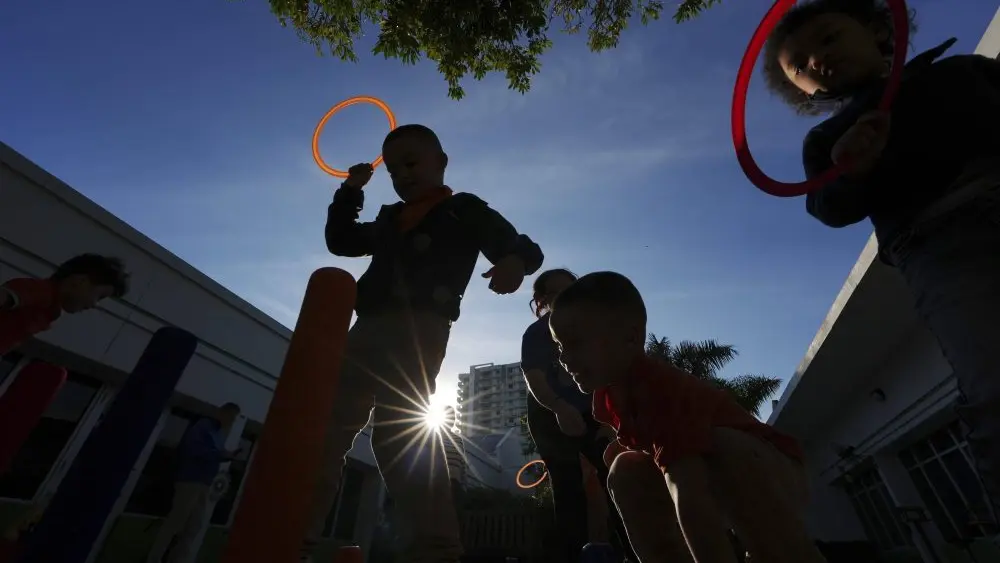The Kohala Center (TKC), recently completed a five year effort to protect and improve the nearshore marine environment and improve coral ecosystem health in the Kawaihae 1 watershed.
Through the National Oceanic and Atmospheric Administration’s (NOAA) National Marine Fisheries Service and with assistance from the Department of Hawaiian Home Lands (DHHL) and community members, the Center completed the following activities to help mitigate erosion and sedimentation for Kawaihae 1’s coral reef.
• Fencing: 14.9 total miles of fence were installed, repaired, or retrofitted within five ecological restoration units, preventing ingress of feral ungulates.
• Removal of feral goats: Over 1,000 feral goats were removed from Kawaihae 1 through trapping by DHHL lessees and TKC.
• Community education and outreach: 1,331 volunteers and staff were engaged through community presentations, volunteer workdays, and field trips to learn about goat trapping, wildfire management, and native plant species and revegetation.
• Riparian corridor restoration: 76.27 total acres of riparian corridors along Kilohana and Keawewai streams were protected, with 25.05 acres being revegetated with native dryland and mesic forest plants.
Kawaihae 1, or Honokoa, is one of South Kohala’s major watersheds. NOAA selected West Hawai‘i Island, where Kawaihae 1 is located, as a NOAA Habitat Focus Area because of its extensive reef systems, tangible threats, ongoing conservation efforts, and strong community involvement. NOAA seeks to reduce the impacts of climate change, erosion, and sedimentation, and non-naturally occurring nutrients on critical habitats for coral, fish, and endangered species such as Hawaiian monk seals, green sea turtles, and humpback whales.
The completed activities are expected to mitigate the impact of feral ungulates, increase total ground cover over eroding areas, and restore native vegetation in strategically important areas within the watershed, thereby reducing sediment deposits into the ocean, improving coral ecosystem health, and enhancing the habitat of Hawaiian monk seals within NOAA’s West Hawaiʻi Habitat Blueprint Focus Area. The project also emphasized community involvement and stewardship to ensure ongoing care of the Kawaihae 1 Watershed.
The five-year project complements ongoing efforts to mitigate soil erosion, protect native forest, and revegetate degraded landscapes in the region, thereby maintaining and increasing long-term ecosystem health across South Kohala.
Photo credi: Kohala Center




